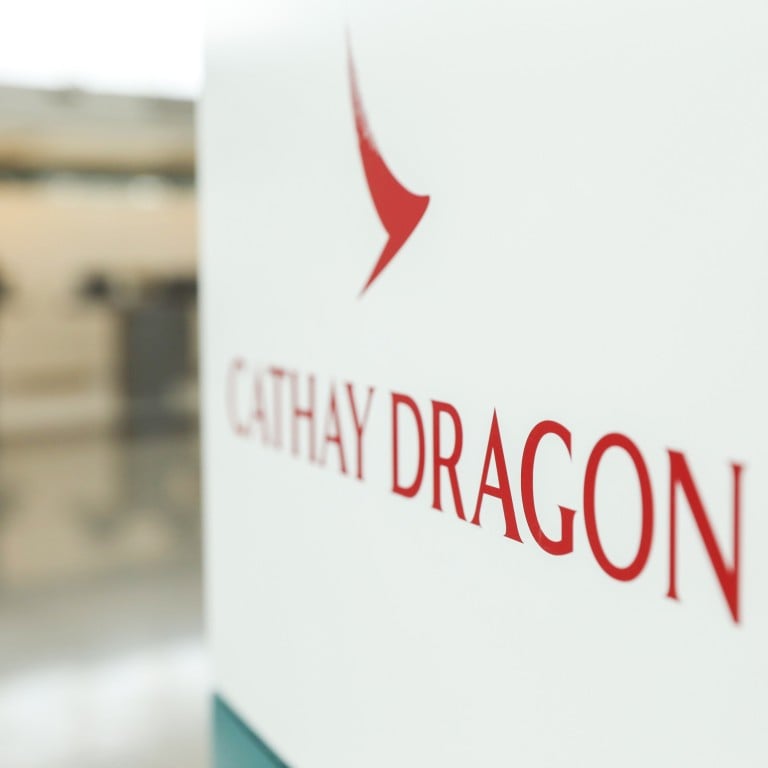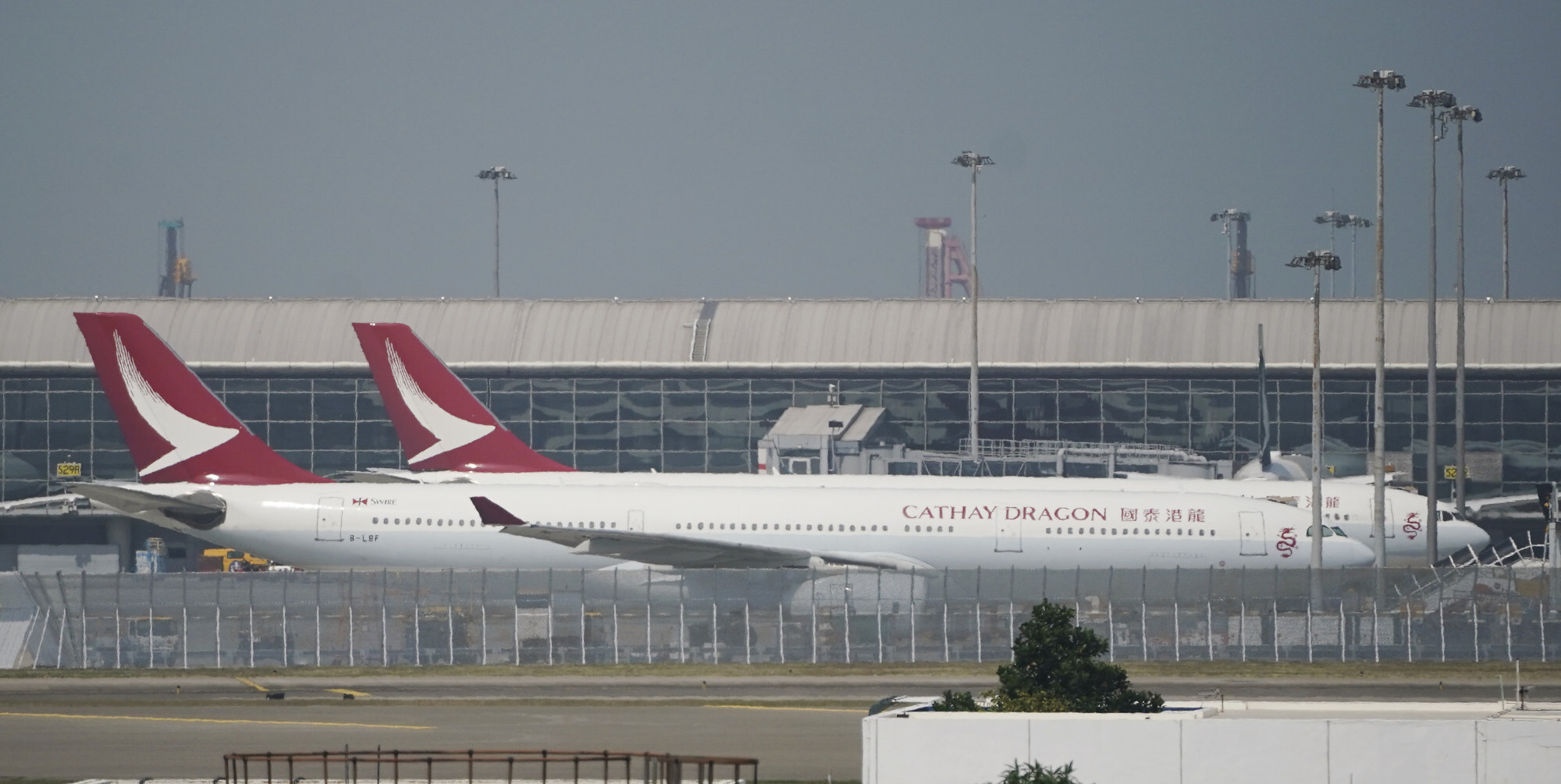
Cathay Pacific expects to take over all 46 routes operated by now-defunct subsidiary, source says
- Cathay Dragon had the rights before it folded as part of a wider company restructuring in 2020
- While government confirms a decision on the routes has been made, details are not being released
The Transport and Housing Bureau said on Monday that while a decision on the routes had been made, it would not make public details of the negotiations, citing the confidential information involved.
Hong Kong’s flagship carrier and its sister airline HK Express were pursuing the rights once held by Cathay Dragon. The bureau also invited rival Hong Kong Airlines and its subsidiaries to bid, along with any other locally registered airlines.

At the time, Cathay Pacific chairman Patrick Healy said the airline expected that “most of the destinations” served by the subsidiary would be shared between Cathay Pacific and HK Express.
A bureau spokeswoman said the primary principle when allocating the traffic rights was to strengthen “the competitiveness of the aviation industry in Hong Kong”.
But an industry source said: “Cathay is confident it will secure all of the rights.”
Lam vows probe into Cathay’s claims it did not abuse Hong Kong quarantine exemption
Cathay Pacific is also embroiled in a row with the government over whether it fully followed Hong Kong’s quarantine policy for returning aircrew members and bears any legal responsibility for the city’s current outbreak of Omicron infections after several employees violated their home isolation rules.
Cathay Pacific secured approval last January from the national aviation regulator, the Civil Aviation Administration of China, to operate passenger and cargo services to 15 mainland cities. They were: Chongqing, Chengdu, Wuhan, Nanjing, Fuzhou, Qingdao, Xiamen, Guangzhou, Zhengzhou, Hangzhou, Xian, Wenzhou, Ningbo, Haikou and Sanya.
The carrier was already flying to several mainland cities, including Beijing and Shanghai, before Dragon’s closure. But its subsidiary operated the bulk of the group’s mainland flights.
At its peak, Cathay Dragon flew 48 aircraft to 50 destinations across Asia. Cathay Pacific has since regained passenger or cargo rights, or both, on routes to Kuala Lumpur, Fukuoka, Kaohsiung and Hanoi.
A Cathay Pacific spokesman said it was unable to share any information at the moment.
According to independent aviation analyst Brendan Sobie, after a subsidiary is absorbed by its parent, transferring over the former’s traffic rights is a formality.
He cited examples of SilkAir being integrated into Singapore Airlines, as well as the merging of Tigerair into Scoot.
Andrew Yuen Chi-lok, from the Aviation Policy and Research Centre at Chinese University, said that while Cathay Pacific was expected to take over the routes, the government would also consider whether an airline could demonstrate sustainable operation and take into account existing competition and demand.
“The current situation is whether Hong Kong Airlines could have significant improvement in their financial status and business plan, so as to give confidence to the government that it would have a sustainable business model,” Yuen said.
Cathay capacity to be slashed following Hong Kong flight bans, new rules
Two-thirds of the ailing airline’s staff have either been made redundant or were given steep pay cuts last year.
Cathay Pacific also faces looming competition from upstart Greater Bay Airlines, which has asked the government for the rights to fly more than 100 routes.
For the past two years, the flagship carrier has been hamstrung by the pandemic, racking up at least HK$29.2 billion (US$3.75 billion) in losses.
The carrier cut its cargo capacity by more than two-thirds and its passenger flights by about 80 per cent from January 7, following Hong Kong’s imposition of a flight ban on eight countries and tightened quarantine requirements for aircrew members.
The restrictions reflected Hong Kong’s determination to stick to its long-held zero-Covid strategy, in line with the mainland’s, in the hopes of achieving quarantine-free travel across the border.
Securing the flying rights would not have a significant impact on the airline’s performance in the short term due to the zero-Covid policy, Yuen noted.
“However, in the longer term, the routes will be crucial to Cathay for establishing the hub network which links China and the rest of the world,” he said.


